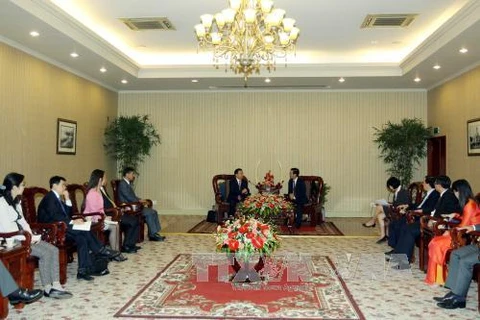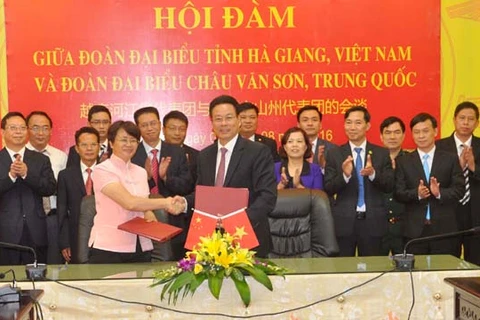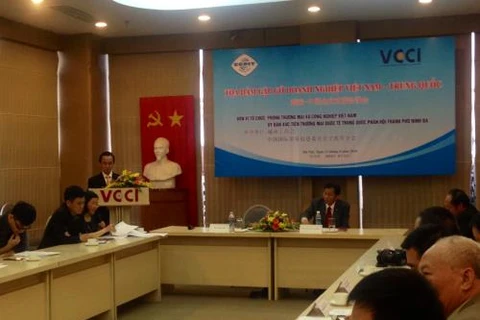Long An (VNA) – The Mekong Delta province of Long An wants Chinese firms, including those from Baise city, to connect with local enterprises to buy local agricultural products and invest in industrial parks.
Chairman of the Long An provincial People’s Committee Pham Van Ranh made the statement during his reception for a delegation from Baise in Guangxi province, China led by Xiaochun Peng, Secretary of the Party Committee of Baise City, Guangxi Zhuang Autonomous Region on March 12.
He also expressed his hope that the Chinese city will help local exporters ship their products to China, adding that joint cooperation programmes will be accelerated and reviewed to promote the development of the two localities.
Xiaochun Peng, also Director of the Standing Board of the Baise Municipal People's Congress, hoped that the visit would promote agricultural and industrial cooperation between the two localities. Exports of Long An’s key agricultural products such as dragon fruits, limes, bananas to his city will be increased.
The two sides will develop cooperation mechanisms to strengthen bilateral ties between the two localities, he added.
Long An has 772 foreign direct investment projects from 33 countries and territories with a total registered capital exceeding 5.1 billion USD. Of which, China had 126, ranking fourth among investors in the province.
Long An has focused on restructuring agricultural production on a large scale and collective manner.
Specialised crop zones have been set up, such as high-quality rice growing areas in Dong Thap Muoi district, dragon fruit orchards in Chau Thanh district and lime gardens in Ben Luc and Duc Hue.
Long An has more than 7,700 hectares of dragon fruit growing area, mostly in Chau Thanh district, producing 260,000 tonnes per year.-VNA
VNA























